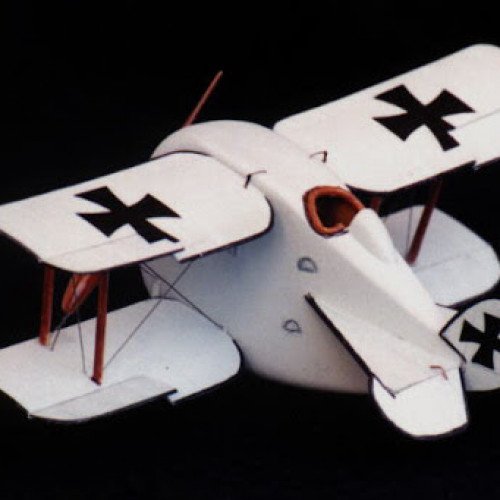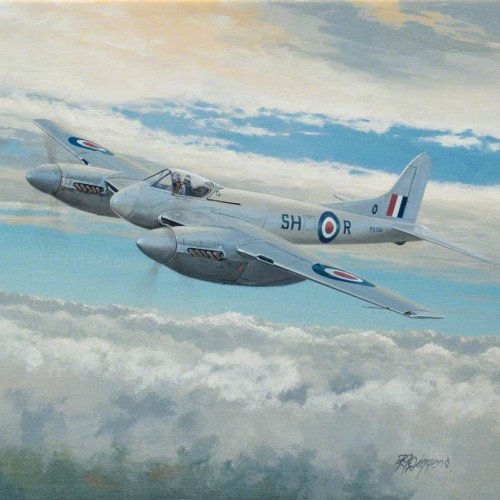DFW Floh vs de Havilland Hornet

DFW Floh
The DFW T.28 Floh (English: Flea) was a small German biplane fighter prototype designed by Hermann Dorner, the designer of the successful Hannover CL.II two-seat fighter of 1917, and built by Deutsche Flugzeug-Werke. Designed in 1915 as high-speed fighter, the Floh had a small 6.20 m (20.3 ft) wingspan and a rather ungainly tall and thin fuselage. With a fixed conventional landing gear the Floh was powered by a 100 hp (75 kW) Mercedes D.I inline piston engine, and on its first flight in December 1915 reached 180 km/h, quite fast for the time. The aircraft suffered from very poor forward visibility and was difficult to land due to its narrow landing gear. The prototype crashed during the flight testing programme.
Statistics for this Xoptio

de Havilland Hornet
The de Havilland DH.103 Hornet, developed by de Havilland, was a fighter aircraft driven by two piston engines. It further exploited the wooden construction techniques that had been pioneered by the de Havilland Mosquito. Development of the Hornet had started during the Second World War as a private venture. The aircraft was to conduct long range fighter operations in the Pacific Theatre against the Empire of Japan but the war ended before the Hornet reached operational squadron status. The Hornet entered service with RAF Fighter Command where it equipped several day fighter units and was commonly stationed in the British mainland. It saw combat in the Far East, being used as a strike fighter as part of the British military action taken during the Malayan Emergency. A naval carrier-capable version, the Sea Hornet, had been envisioned early on and was procured by the Fleet Air Arm of the Royal Navy.